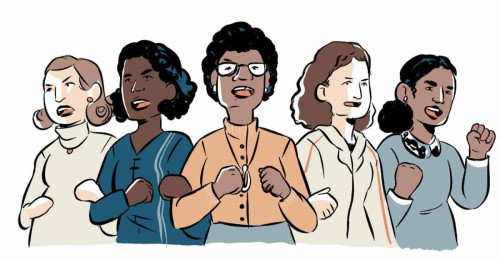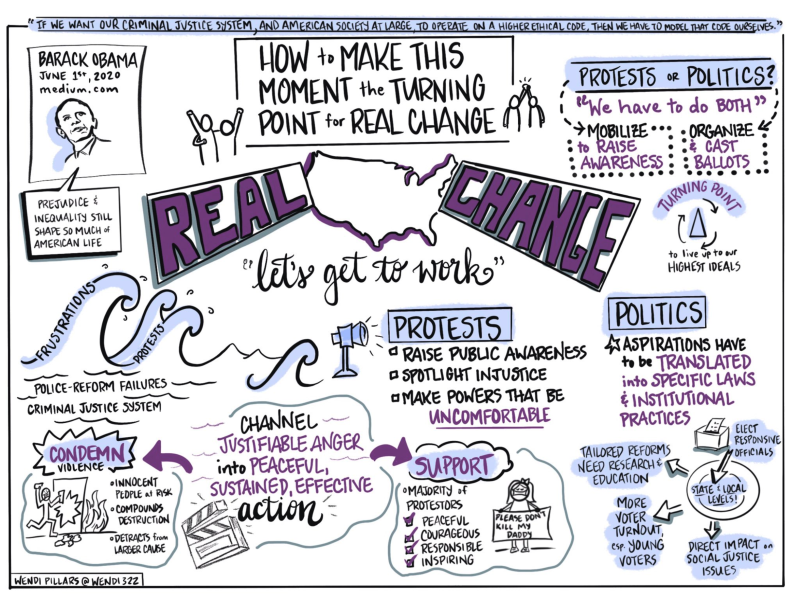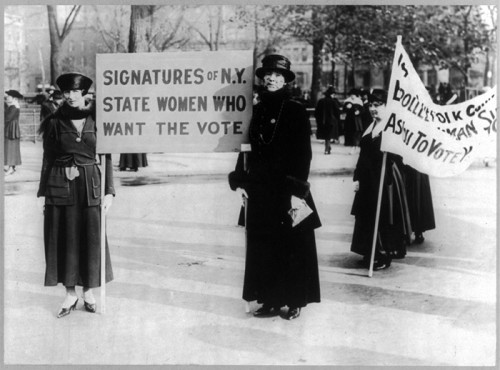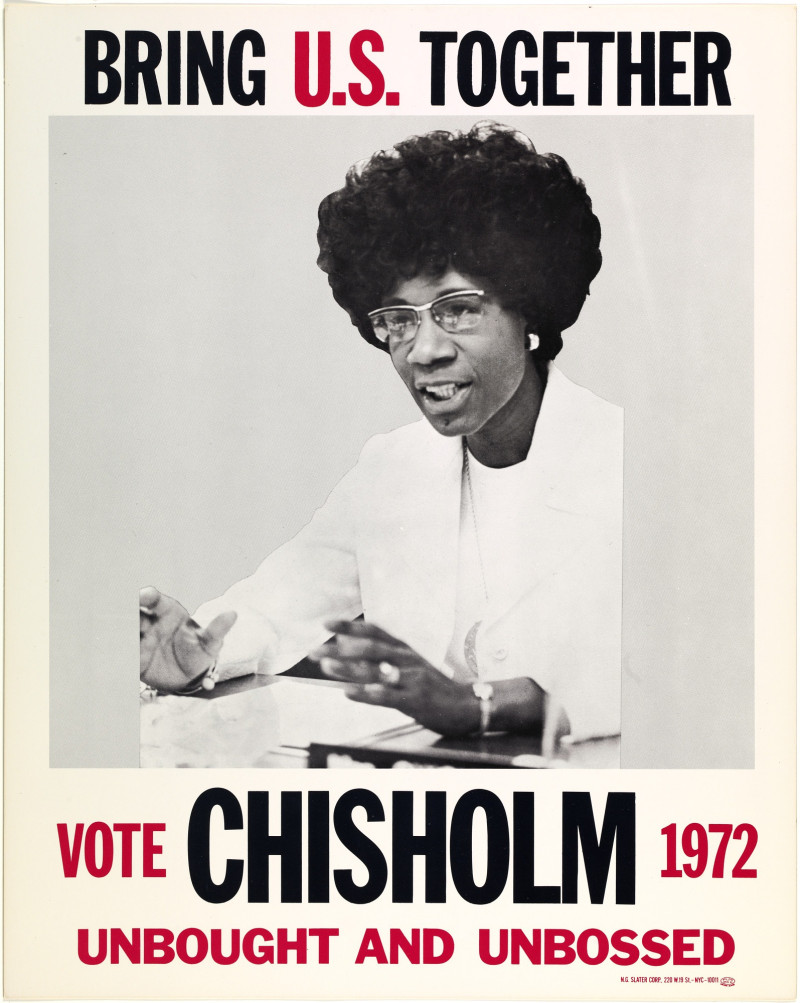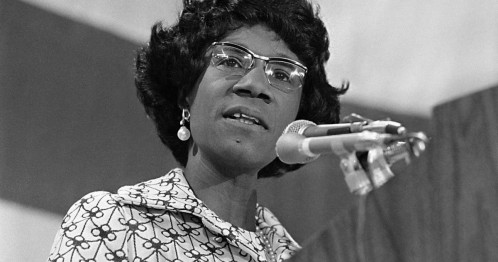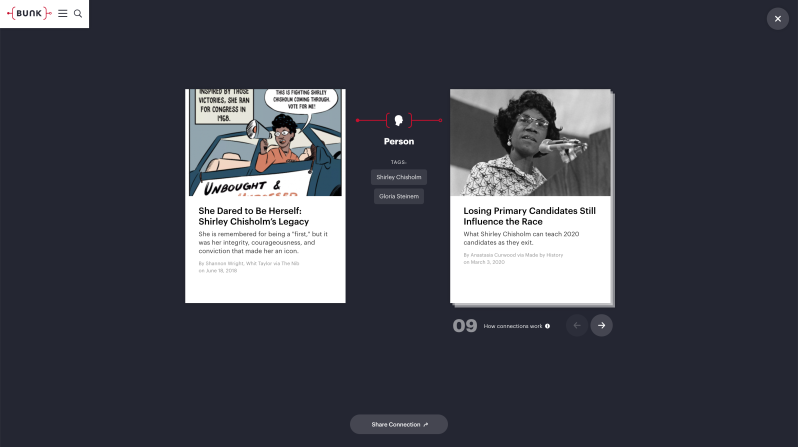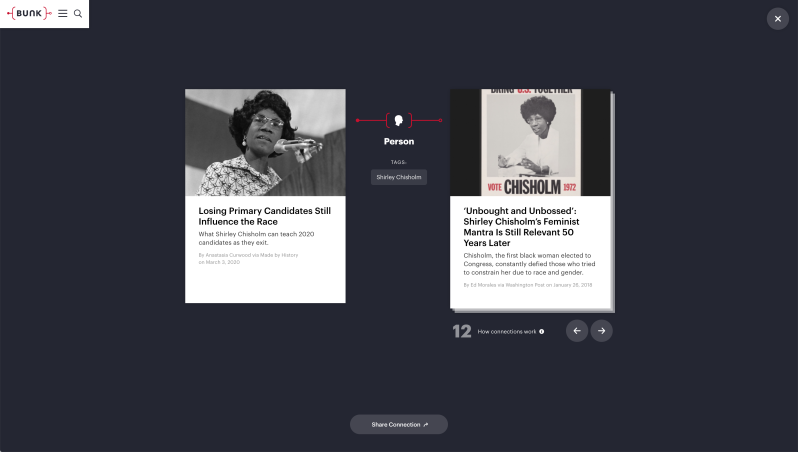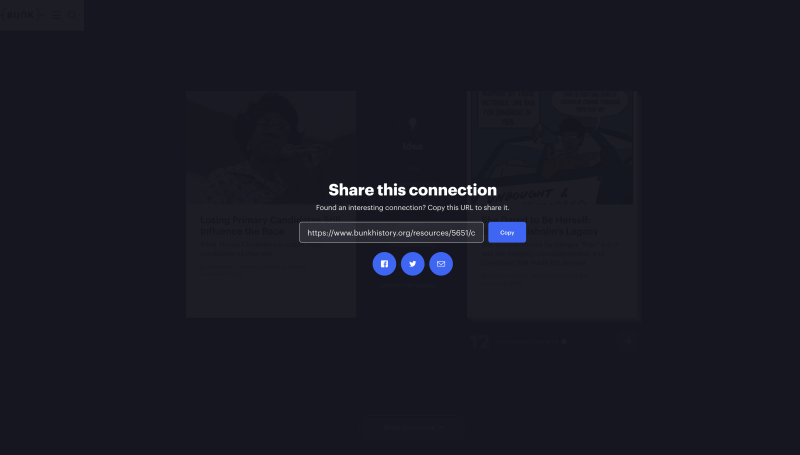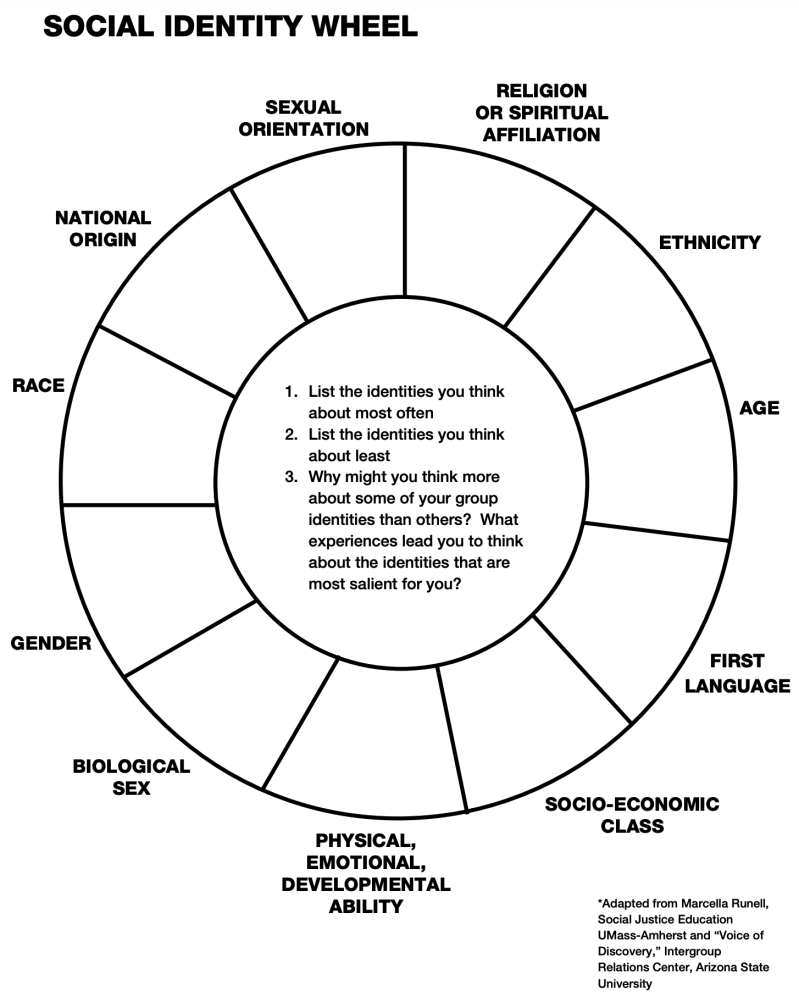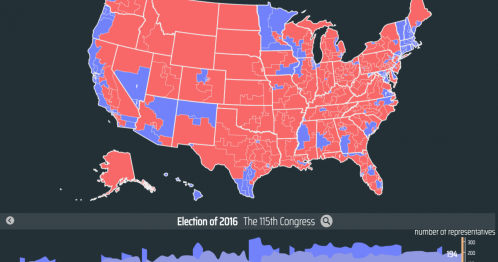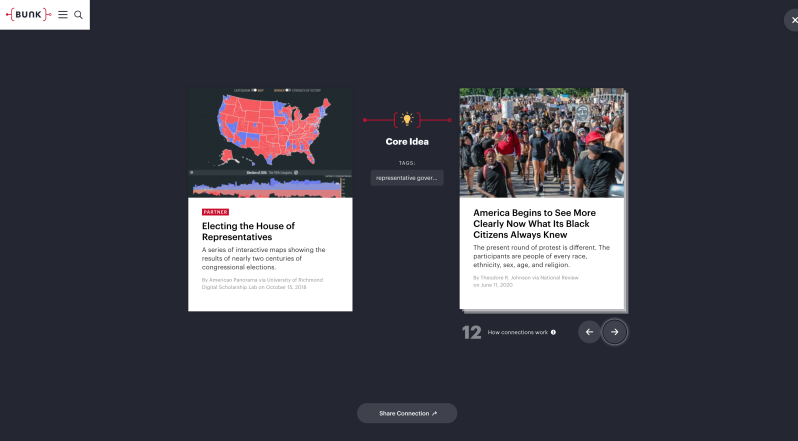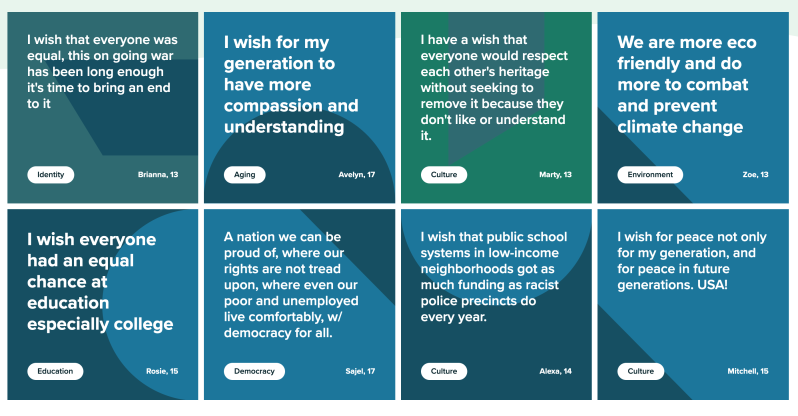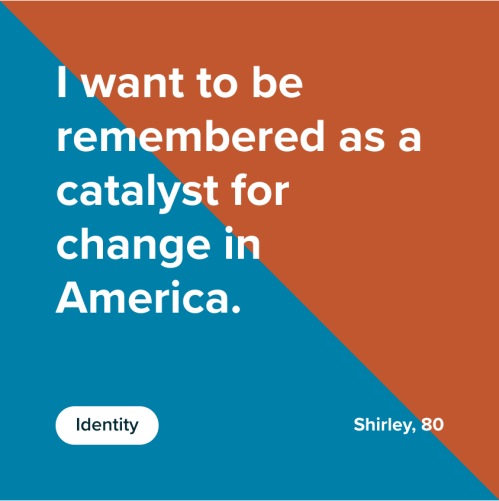This work by New American History is licensed under a Attribution-NonCommercial-ShareAlike 4.0 (CC BY-NC-SA 4.0) International License. Permissions beyond the scope of this license may be available at newamericanhistory.org.
What Candidates Can Learn From Shirley Chisholm
View Student Version
Standards
C3 Framework:D2.His.3.6-8. Use questions generated about individuals and groups to analyze why they, and the developments they shaped, are seen as historically significant.D2.His.3.9-12. Use questions generated about individuals and groups to assess how the significance of their actions changes over time and is shaped by the historical context.
National Council for Social Studies:Theme 2: Time, Continuity and Change
Key Vocabulary
Advocacy - to support a cause or proposal
Conviction - a strong belief or opinion; in the legal system, to be found guilty of a crime in court
Contentious - likely to cause an argument or make people disagree
Courageous - very brave, not afraid to tackle a difficult task or situation
Domestic - related to events happening or goods produced in one’s own country, someone who works in a home performing chores
Grassroots - when members of a community join together to bring about change at the local, state, national or global level, often through peaceful protests, political activism and voting
Icon - a widely known symbol or image, or a well known/admired person
Inferior - having little or no value or importance, less power or influence
Integrity - the quality of being honest and fair
Intersectionality - cumulative way in which the effects of multiple forms of discrimination such as racism, sexism, and classism intersect (combine, overlap), especially in the experiences of marginalized individuals or groups
Legacy - money, property, ideas or values handed down from generation to generation
Racism - poor treatment of or violence against people because of their race (shared physical or social qualities such as skin color, religion, language)
Sexism - unfair treatment of people because of their sex/gender
Social Capital - the value of social networks, bonding between diverse groups of people which allows individuals to achieve things they couldn't on their own.
Tenacious - determined, not easily stopped
Teacher Tip: Think about what students should be able to KNOW, UNDERSTAND and DO at the conclusion of this learning experience. A brief exit pass or other formative assessment may be used to assess student understandings. Setting specific learning targets for the appropriate grade level and content area will increase student success.
Suggested Grade Levels: Middle/High School
Suggested Timeframe: 3 sessions, 90 minutes each session.
Suggested Materials: Internet access via laptop, tablet or mobile device
Read for Understanding
Teacher Tips:
This Learning Resource includes language in the body of the text to help adapt to a variety of educational settings, including remote learning environments, face-to-face instruction, and blended learning. The use of Google Docs and Slides, or an LMS such as Canvas or SeeSaw may be useful ways to share these Learning Resources with students.
If you are teaching remotely, consider using videoconferencing to provide opportunities for students to work in partners or small groups. Digital tools such as Google Docs and Google Slides may also be used for collaboration. Rewordify helps make a complex text more accessible for those reading at a lower Lexile level while still providing a greater depth of knowledge.
Students should have some prior knowledge about the branches of government, and elections, including the roles of political parties, and qualifications required in the Constitution of candidates running for the office of President. This Learning Resource includes excerpts of current events from various print and other media sources. A discussion about excerpts, or passages of a longer body of work, would be helpful prior to the use of these resources.
This learning resource was developed in collaboration with our friends at the Washington Post’s Made by History, #HistoriansGuideto2020, and Made by US, including the My Wish for US campaign. We also include excerpts from The Nib. Our American Panorama map, “Electing the House,” is also featured. For a deeper dive into the map, please explore our full “Electing the House” anchor resource.
We like to introduce new inquiry-based tools and strategies that promote creativity, collaboration, critical thinking, and civic engagement as often as possible. This Learning Resource includes a variation of a visual note-taking strategy, Sketchquotes. We have borrowed this example from Wendi Pillars, who is among our favorite educator artists and creates amazing Sketchnotes.
The term intersectionality is attributed to Kimberlé Crenshaw, a civil rights activist and legal scholar who introduced the term in a paper for the University of Chicago Legal Forum in 1989. The Social Identity Wheel exercise is based on Crenshaw’s work, and the activity has been adapted by Marcella Runell, Social Justice Education UMass-Amherst, and “Voice of Discovery,” Intergroup Relations Center, at Arizona State University for use by educators, sociologists, and school counselors in many forms. We include this activity for teachers to have flexibility in determining if it would benefit their students, including consideration for not only academic skills and historical thinking but also in consideration of their social and emotional learning. Developing strong trust relationships with students early on in the school year is essential, and this activity should only be attempted once those relationships are firmly established.
These Learning Resources follow a variation of the 5Es instructional model, and each section may be taught as a separate learning experience, or as part of a sequence of learning experiences. We provide each of our Learning Resources in multiple formats, including web-based and as an editable Google Doc for educators to teach and adapt selected learning experiences as they best suit the needs of the students and the curriculum. You may also wish to embed or remix them into a playlist for students working remotely or independently.
For Students:
This learning resource introduces a new generation of student activists and leaders to Shirley Chisholm. One of the ways Chisholm became a catalyst for change was through embracing her intersectionality. As you learn more about her life and work, think of ways you might be inspired to bring about positive changes in your own community. Shirley's campaign slogan, "Unbought and Unbossed," still resonates today. What might be your path forward?
Engage:
How did Shirley Chisholm make a difference?
Before there was Hillary, Kamala, or Amy, there was Shirley. In 1968, Shirley Chisholm became the first black woman elected to the United States Congress. Within four years, she continued to break down racial barriers and defy gender stereotypes as she became a presidential candidate. Read this Bunk excerpt from The Nib about Shirley Chisholm.
In this excerpt, Shirley Chisholm is described as being a “first,” as ”courageous,” “Fighting Shirley,” and an icon.
- Who or what was Shirley fighting for, based on the comic?
- What barriers did she have to overcome?
- How did Shirley’s upbringing, or childhood experiences, help shape her character?
Return to the Bunk excerpt, and select the “View on the Nib” button towards the bottom of the screen to finish reading the rest of the comic.
Read aloud these quotes from Shirley Chisholm: (Yes, we really mean it—quotes are meant to be spoken aloud, so turn and talk to a neighbor—or if working remotely, try recording yourself reading the quote aloud, then listen to the recording. We think hearing the quote will better help you interpret it!). Better yet, if your teacher allows it, post it on SeeSaw FlipGrid, TikTok or Snapchat!
“If they don't give you a seat at the table, bring your own folding chair.”
“That I am a national figure because I was the first person in 192 years to be at once a congressman, black and a woman proves, I think, that our society is not yet either just or free.”
“As a black person, I am no stranger to race prejudice. But the truth is that in the political world I have been far oftener discriminated against because I am a woman than because I am black.”
“I want history to remember me... not as the first black woman to have made a bid for the presidency of the United States, but as a black woman who lived in the 20th century and who dared to be herself. I want to be remembered as a catalyst for change in America.”
“I am not the candidate of Black America, although I am Black and proud. I am not the candidate of the women's movement of this country, although I am a woman and I am equally proud of that. I am the candidate of the people, and my presence before you now symbolizes a new era in American political history.”
Select your favorite quote or quotes and use this link to create a SketchQuote! Sketchnotes are a form of visual note taking that allows you to combine hand lettering and sketches to annotate a variety of content, including quotes. We hope you or your teacher share, if your teacher or a trusted adult permits. You may email us at editor@newamericanhistory.org or share via social media (links on our pages). Be sure to tag us!
Your teacher may ask you to record your sentence stem answers on an exit ticket.
Explore:
In what ways did Shirley Chisholm’s campaign slogan, “Unbought and Unbossed,” become a path forward for women in politics?
Shirley Chisholm made history as not only the first black Congresswoman but also as the first black woman to seek a major political party’s presidential nomination. She used her position as a civil rights activist, social reformer, and educator to break down racial and gender barriers in the 1960s and 1970s. In this episode of the Backstory podcast from 2016, host Ed Ayers speaks with Congresswoman Barbara Lee, from California who credits her career to the first black woman elected to the U.S. Congress, Shirley Chisholm. (As you listen, you may want to follow along with the transcript that is linked under the audio for the podcast.)
Use this image of Chisholm’s presidential campaign poster and the Podcast Listening Guide to help organize your thoughts while you listen.
Your teacher may ask you to record your answers on the listening guide and share/turn in as an exit ticket.
Explain:
What can candidates learn from Shirley Chisholm?
Shirley Chisholm’s 1972 presidential campaign was historic in many ways, yet most school textbooks do not include her story. She did not play by party rules, and she defied the unwritten rules or traditional campaigns. While many admired her, others deemed her “unelectable.” Yet in many ways, Shirley Chisholm’s legacy is inspiring a new generation of candidates and activists. Read this Bunk excerpt from the Washington Post’s Made By History #HistoriansGuideto2020.
- How does the mainstream media influence which candidates are deemed “electable”
- Should voters support the candidates they believe would do the best job if elected, or should they only vote for candidates with the financial resources and campaign infrastructure to be “electable?”
- What lessons might more recent candidates who, like Shirley Chisholm, are not successful in their bid for a nomination still learn or contribute to their communities?
Notice the stack of cards to the right of the Bunk excerpt you just read. There are also icons that may include a light bulb, map pin, a person, or a clock. Each icon corresponds to the excerpt and symbolizes different types of connections you can make using bunkhistory.org to learn more about history and current events. Select the View Connections button. Take a few minutes to explore the stack of cards and icons. You will notice that each icon leads you to a new stack of cards. To learn more about these, read How Connections Work.
Note, as new content is added into Bunk daily, the order of these connections is constantly changing and may not look the same as the picture on your screen if you were to revisit the excerpt on Bunk. That is the heart of the Bunk ecosystem, just as history is ever-changing as we explore, discover, and reinterpret history in light of new ideas and scholarship. Select another excerpt from one of the connections using the “View Connections button, and notice how the screen changes yet again. Select another excerpt from one of the connections and notice how the screen changes yet again.
Your connections will look slightly different based on the icons and cards you selected. You will also notice there are now new tags located between the cards you chose, which show you some of the ways this content is connected. Explore these tags until you find a second excerpt you are interested in exploring.
- Which tags seem to generate the most connections? (note the grey numbers beneath the stack of cards).
- If you could add a new tag, what would it be?
- Did any tags surprise you?
Take a few minutes to read the excerpt and then use the back arrow on your browser to return to the connections screen. Select the “Share Connection” button at the bottom of your screen and share the link with teacher or classmates, including your thoughts on the excerpts you read by answering this question:
- What can candidates learn from Shirley Chisholm?
You may share your thoughts via social media if you are age 13 or older, and your teacher or your family allows. Your teacher may also ask you to share your link and answer via a chatbox, forum, or other digital platforms such as Canvas, Schoology, Google Docs or Google Slides. We hope you will tag us on social media (links on our pages). Be sure to tag us as you share and hashtag #HistoriansGuideto2020 — we look forward to seeing what you think!
Your teacher may ask you to record your answers on an exit ticket.
Elaborate:
In what ways did Shirley Chisholm embrace her intersectionality to create social capital in Congress?
Before there was #MeToo or #BLM, there was “Unbought and Unbossed,” Shirley Chisholm’s campaign slogan and mantra. Chisholm once said, "I am not the candidate of Black America, although I am Black and proud. I am not the candidate of the women's movement of this country, although I am a woman and I am equally proud of that. I am the candidate of the people, and my presence before you now symbolizes a new era in American political history." This acknowledgment of her own intersectionality, the barriers of racism, sexism, and classism she was constantly battling, were also her greatest strengths as she assembled a devoted grassroots following of women, students and people of color, who supported her campaigns and championed the many social issues she fought in pursuit of equality and justice.
View this short video from RetroReport to learn more about how Shirley used her social capital to pave the way for future generations of activists and leaders in public service to their communities and the country.
Intersectionality provides us with an opportunity to consider the ways that all the parts of our identities (race, gender, class, ethnicity, etc.) are bound together and relate to one another within multiple cultural patterns. One way for us to begin to have these crucial conversations within our communities is to examine our own identities. Take time to complete the Social Identity Wheel (your teacher may provide you with a paper copy or a digital version if you are working remotely.) This is for your own personal reflection and you will not be asked to share your responses with others. Use this tool to reflect on your own identities and how they relate to your experiences in society.
Once you have completed your personal identity wheel exercise, reflect on the following:
- How do you see the identities you mapped as intersecting?
- Can you share a time when your intersecting identities created either a positive or negative impact on your life?
- Why is it important to be aware of our social identities?
- How might our actions be perceived differently if we are members of a dominant group versus if we are members of a historically marginalized group?
- When you are in a setting as a member of the dominant group, what specifically can you do to ensure that people from all social identities are welcomed, acknowledged, and valued?
- How might you use your social capital, as Shirley Chisholm did, to make a positive impact in your community?
Your teacher may ask you to record your answers on an exit ticket as you feel comfortable sharing.
Extend:
Who might become the next Shirley Chisholm?
Shirley Chisholm devoted her life to public service and described herself as “the people’s politician,” fighting for higher wages for working-class people, funding for public education, and demanding respect for black Americans and women. She inspired generations of women and people of color to continue to break down barriers in politics, business, leadership, and society. Take a moment to view this Bunk Connection which includes a map of Congressional Elections in the United States Congress, and an excerpt from Bunk that describes the call to action and the intersectionality of the Black Lives Matter (#BLM) protests which erupted across the United States in the spring of 2020 following the death of George Floyd and other victims of racism and police brutality in America.
Use the map to compare the number of women and minorities elected to Congress since Shirley Chisholm was the first black woman elected in 1968. By comparison, in 2018 a record-breaking 117 women joined the 116th Congress, a large gain from the previous 2016 elections which included 89 women elected. The 116th Congress included:
- 23 new House members who are people of color (of all genders and orientations(
- 36 women elected are new members of Congress
- Alexandria Ocasio-Cortez and Abby Finkenauer — both 29 years old when they won their seats — are the youngest women ever elected to Congress.
- Deb Haaland and Sharice Davids are the first Native American women elected to Congress
- Rashida Tlaib and Ilhan Omar are the first Muslim women elected to Congress.
- There are now at least 10 members of Congress who are LGBTQ
- Amongst those, who might become the next Shirley Chisholm?
In addition to more women and minorities seeking and winning elections in Congress, the faces of the protesters described in the excerpt from the Bunk Connection are people of every race, ethnicity, sex, age, and religion. In the article, journalist Theodore R. Johnson challenges our thinking:
“If we are to capitalize on the present crisis to strengthen America and make the Union a little more perfect, we are duty-bound to grapple with the abiding sense of injustice that is felt in black America and fuels civil unrest today, just as it has for centuries.”
How might you take time to reflect and imagine ways to “strengthen America and make the Union a little more perfect…?” Our friends at Made by U.S. encourage you to speak out and share your hopes with your elected representatives, friends and family, and on social media. Visit the My Wish for U.S. website and submit your wish online if you are 13 years of age or older, or for students under 13, your teacher or another trusted adult may help you submit. Here are some student wishes currently on the site.
Citations:
“About My Wish For U.S. - A Signature Made By Us Program.” Made By Us, June 2020. https://historymadebyus.com/mywishforus/.
“Bring U.S. Together. Vote Chisholm 1972, Unbought and Unbossed.” National Portrait Gallery. Smithsonian Institute1972, n.d. https://npg.si.edu/object/npg_NPG.2015.113.
Curwood, Anastasia. “Perspective | Losing Primary Candidates Still Influence the Race.” The Washington Post. WP Company, March 3, 2020. https://www.washingtonpost.com/outlook/2020/03/03/losing-primary-candidates-still-influence-race/.
Johnson, Theodore R. “America Begins to See More Clearly Now What Its Black Citizens Always Knew.” Bunk History. National Review, June 11, 2020. https://www.bunkhistory.org/resources/6184.
Obama, Barack H. Weblog. Medium (blog), June 1, 2020. https://medium.com/@BarackObama/how-to-make-this-moment-the-turning-point-for-real-change-9fa209806067.
Pillars, Wendi. Sketchquote. Twitter. Twitter, June 5, 2020. https://twitter.com/wendi322/status/1269050266814500871/photo/1.
Robert K. Nelson, LaDale Winling, and Justin Madron, "Electing the House of Representatives," in American Panorama, ed. Nelson and Edward L. Ayers, https://dsl.richmond.edu/panorama/congress.
Runnell, Marcella. “Social Identity Wheel.” Phoenix: Arizona State University, 2005.
“Shirley Chisholm Was a Trailblazer for Change.” RetroReport, YouTube, November 21, 2024. https://www.youtube.com/watch?v=VZjMJ_nyA88
“VA Foundation for the Humanities | You've Come A Long Way ...” BackStory. Virginia Humanities, July 29, 2016. https://www.backstoryradio.org/shows/youve-come-a-long-way.
Wright, Shannon and Whit Taylor. “She Dared to Be Herself: Shirley Chisholm's Legacy.” The Nib. The Nib, June 18, 2018. https://thenib.com/she-dared-to-be-herself-shirley-chisholm-s-legacy/.
Wrights, Shannon. “She Dared to Be Herself: Shirley Chisholm's Legacy.” Bunk History. New American History, June 18, 2018. https://www.bunkhistory.org/resources/3788.
View this Learning Resource as a Google Doc




